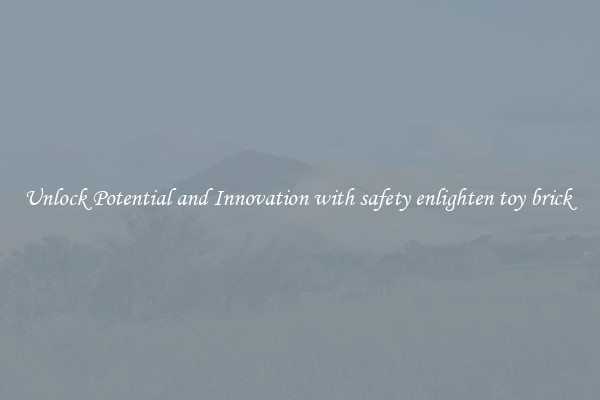Commercial Cheap & Industrial NFT for Strawberries
In recent years, there has been a growing interest in non-fungible tokens (NFTs) as a new form of digital asset. NFTs are unique digital tokens that represent ownership of a specific item or piece of content, and they have been used to buy and sell a wide range of digital assets, from artwork to virtual real estate.

One emerging application of NFTs is in the agricultural industry, specifically in the commercial and industrial production of crops such as strawberries. NFTs are being used to track and manage the ownership and provenance of commercial crops, providing growers with a new way to monetize their produce and give consumers more transparency into where their food comes from.
Commercial NFTs for strawberries work by assigning a unique digital token to each batch of strawberries as they are harvested. These tokens can then be bought, sold, and traded on blockchain-based marketplaces, allowing growers to capture additional value from their crops beyond traditional sales channels. By creating an NFT for each batch of strawberries, growers can provide consumers with a secure and transparent way to verify the origin and quality of their produce.
In addition to commercial NFTs, industrial NFTs are also being used in the strawberry industry to track and manage large-scale production operations. Industrial NFTs are used to monitor the lifecycle of crops from planting to harvest, providing growers with real-time insights into the health and yield of their fields. These tokens can also be used to automate the supply chain, ensuring that strawberries are harvested, processed, and delivered efficiently and accurately.
Overall, commercial and industrial NFTs for strawberries represent an exciting new frontier in the agricultural industry. By leveraging blockchain technology to track and manage crop production, growers can access new revenue streams and improve transparency and accountability in the food supply chain. As the adoption of NFTs continues to grow, we can expect to see more innovative applications of this technology in agriculture and other industries.

View details

View details

View details

View details








